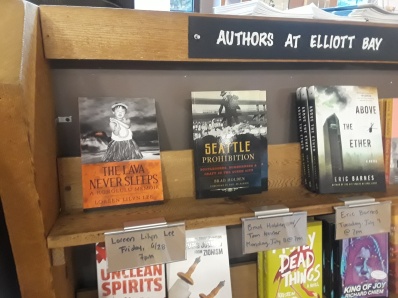NY Times journalist Moises Velasquez-Manoff wrote a thoughtful article about race in Hawai’i, specifically about mixed-race people. Regardless of the headline “Want to Be Less Racist? Move to Hawaii” (New York Times, June 28, 2019), Velasquez-Manoff does not paint Hawai’i as any utopia free of racial bias nor suggests that anyone should move there.
This discussion of mixed race people and multiracial identities is especially timely and instructive. He reminds readers that race is a “social construct,” a fabrication by humans, not nature, for the purpose of categorization, which then determines behavior between groups. Racism establishes hierarchy to promote economic and political self-interest, advantage, and power. These are important concepts to keep in mind as Americans battles over diversity vs homogeneity.
 Hawai’i is a reminder about the value of diversity. And its people reflect this. In the islands, people are likely to refer to President Barack Obama as mixed race instead of African American. This acknowledges his dual heritage and genetics in both White and Black cultures. In contrast, most Americans want to categorize people as if a single label can define the whole person.
Hawai’i is a reminder about the value of diversity. And its people reflect this. In the islands, people are likely to refer to President Barack Obama as mixed race instead of African American. This acknowledges his dual heritage and genetics in both White and Black cultures. In contrast, most Americans want to categorize people as if a single label can define the whole person.
In my memoir, I face this American mindset and struggle with how to define myself. Chinese or American or Hawaiian? These are the cultures that impacted and defined me. I felt pressed to choose one of these labels to conform to American ideals and reject the others.
Consequently, mixed race people present a conundrum in American society. The blurring of recognizable physical markers in many mixed race people seriously subverts racist attitudes. However, questions like “What are you?” and “Where are you from?” are often tainted since White people don’t generally ask such questions of each other.
While the aloha spirit contributes to an ethos of racial harmony in the islands, equally important is the Hawaiian value of aloha ‘āina, or love of the land. People and land, including natural resources, are connected. If people take care of the land, the land will take care of them. This belief in mutual reciprocity is both simple and profound. Resources may seem unlimited, but they aren’t, especially in island communities.
This is where Hawaiian and local island cultural values diverge from White cultural values—American capitalism that privileges White males and justified colonialism. By no means are Hawai’i’s local communities devoid of conflict; wherever humans cohabitate, there will be conflict. However, island people may be more conscious about the need for conflict resolution. There are incentives, or a “geographic motivation” since islands are generally small.
Velasquez-Manoff has done his research to begin an important conversation. Hawai’i is special to many people. Their racial diversity and acceptance of mixed race people offer additional reasons for why this is so.
Reader responses to this article can be found at this link: Opinion | Is Hawaii’s Racial Harmony a Myth?


